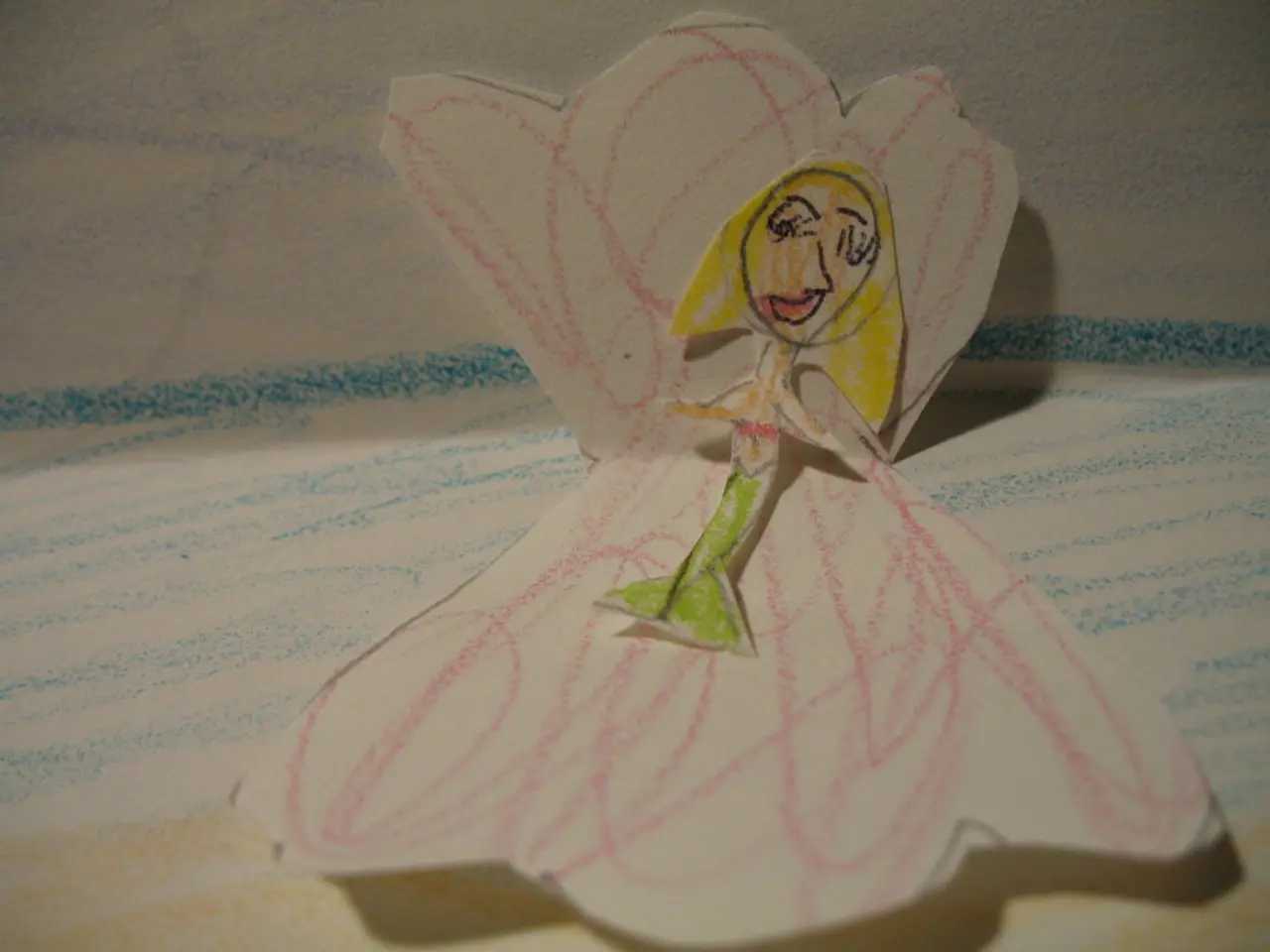The Artistry Behind Digital Backdrops Creation
In the Victorian era, a fascination with spirit photography captivated the masses, with ghostly apparitions seemingly mingling with the living. However, these eerie images were merely the result of simple darkroom tricks [1]. Fast forward to the present day, and digital matte painting has taken center stage, crafting detailed, realistic digital backdrops that extend or replace physical sets in filmmaking.
Digital matte painting allows filmmakers to create expansive, visually complex backgrounds and settings without physically building or traveling to them. This innovative technique significantly enhances storytelling while controlling production costs [2][3].
The process typically begins with concept and design, as matte painters collaborate with directors and production teams to understand the artistic vision and narrative needs. This often starts during pre-production with concept sketches or digital mockups [1].
Next, using software such as Adobe Photoshop, Nuke, or Autodesk Maya, artists create high-resolution 2D or 3D digital paintings of environments like landscapes, cityscapes, or fantasy worlds. These can be hand-painted textures or photorealistic digital compositions [3].
Visual effects teams often capture on-set data like camera metadata, lighting references, and tracking markers to ensure the matte painting matches live-action footage in perspective, lighting, and camera movement [4].
Digital matte paintings are then combined with live-action plates and CGI elements using compositing tools like Nuke. Techniques such as layering, color correction, depth passes, and rotoscoping help blend the matte painting seamlessly into the final shot [1][4].
Matte painters and visual effects artists refine and adjust the artwork throughout post-production to maintain visual consistency and realism [1]. In some cases, digital matte paintings are projected onto a 3D model of the fictitious world.
The roots of matte painting can be traced back to the mid-19th century, with photographers beginning to use double-exposure techniques to composite two distinct images into one photograph. Matte painting grew directly out of the special effects tradition, with Norman Dawn developing a system for applying glass matte painting to motion pictures in the early 1900s [5].
Special effects in the early days of cinema meant painting some curtains as backdrops and using an actual man in a moon costume for the man in the moon. Today, digital matte painting has replaced many of these traditional methods, offering a more cost-effective and realistic solution [6].
Digital matte painters are highly skilled artists, often starting as trained studio artists with a Bachelor of Fine Arts degree. They create hundreds to thousands of layers of digital paintwork using Photoshop's specialized painting tools [7].
In modern cinema, traditional film matte painting has been replaced by digital effects, with filmmakers using blue screens and green screens to replace portions of a shot with digital backdrops [8]. Despite blockbuster film budgets over $250 million, it's still not economically feasible to film on the moon [9].
Matte painters work closely with the art director to define the right composition of the concept art, with the goal of contributing to the storytelling process by using colors, textures, and lighting to evoke distinct emotions [10].
References:
[1] Digital Matte Painting: A Practical Guide for Visual Effects Artists, by Daniele Mencarini [2] The Art of Digital Matte Painting, by J.C. Beal [3] The Art of Visual Storytelling: Visual Development for Film, Games, Animation, and Beyond, by Victoria Ying [4] The Foundry - Nuke User Guide [5] The Art of Motion Pictures, by John Belton [6] The Visual Effects of Cinema, by Charles A. Swartz [7] The Gnomon Workshop - Mastering Photoshop for Matte Painting [8] The Art of Visual Effects: Practical Lessons from the Masters, by Mark Stetson [9] The Science of Hollywood, by John J. O'Connor [10] The Art of Production Design, by David S. Grant
- The innovative technology of digital matte painting in data-and-cloud-computing-based artistry plays a significant role in modern movie and television production, offering sophisticated backgrounds and settings without the need for physical construction or travel.
- Education-and-self-development opportunities in the field of digital matte painting are abundant, with numerous resources ranging from books like "Digital Matte Painting: A Practical Guide for Visual Effects Artists" [1] and "The Art of Digital Matte Painting" [2] to specialized workshops and online courses, catering to those aspiring to be skilled digital matte painters.
- While its origins can be traced back to 19th-century photographic double-exposure techniques, artificial-intelligence and technology advancements have propelled digital matte painting into entertainment, general-news, and various aspects of our visual culture, transforming traditional film-making approaches and offering new dimensions in industry and personal creativity.




